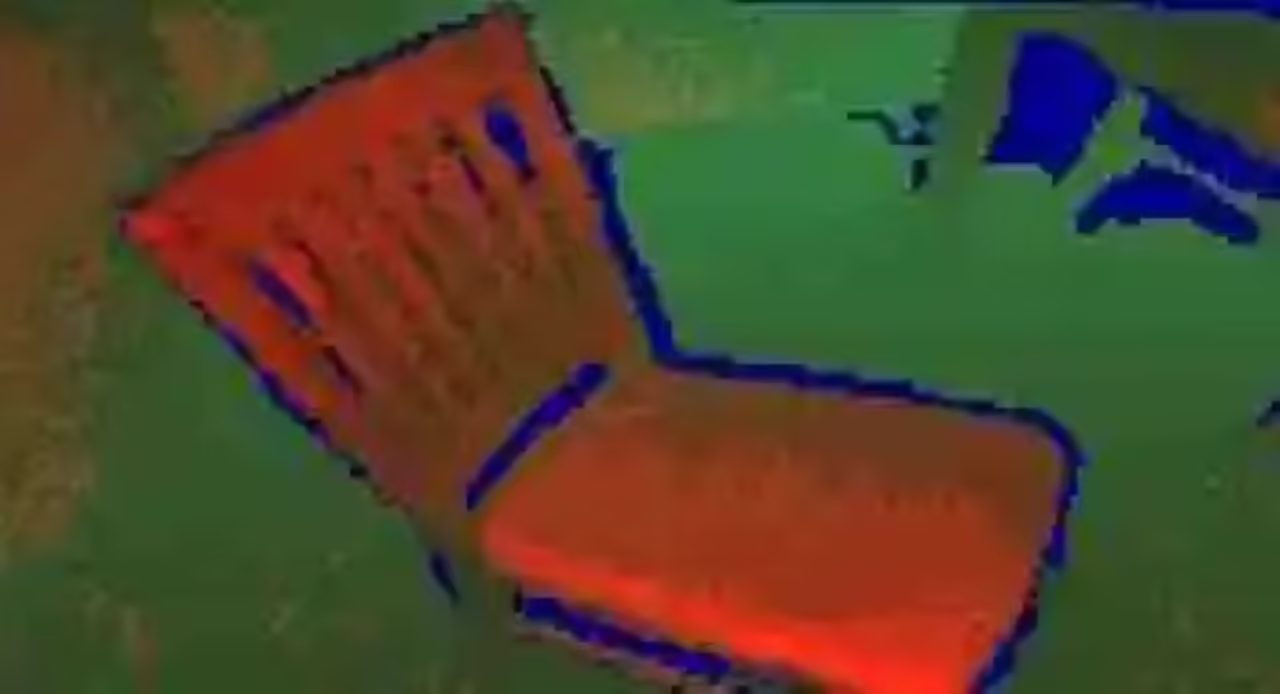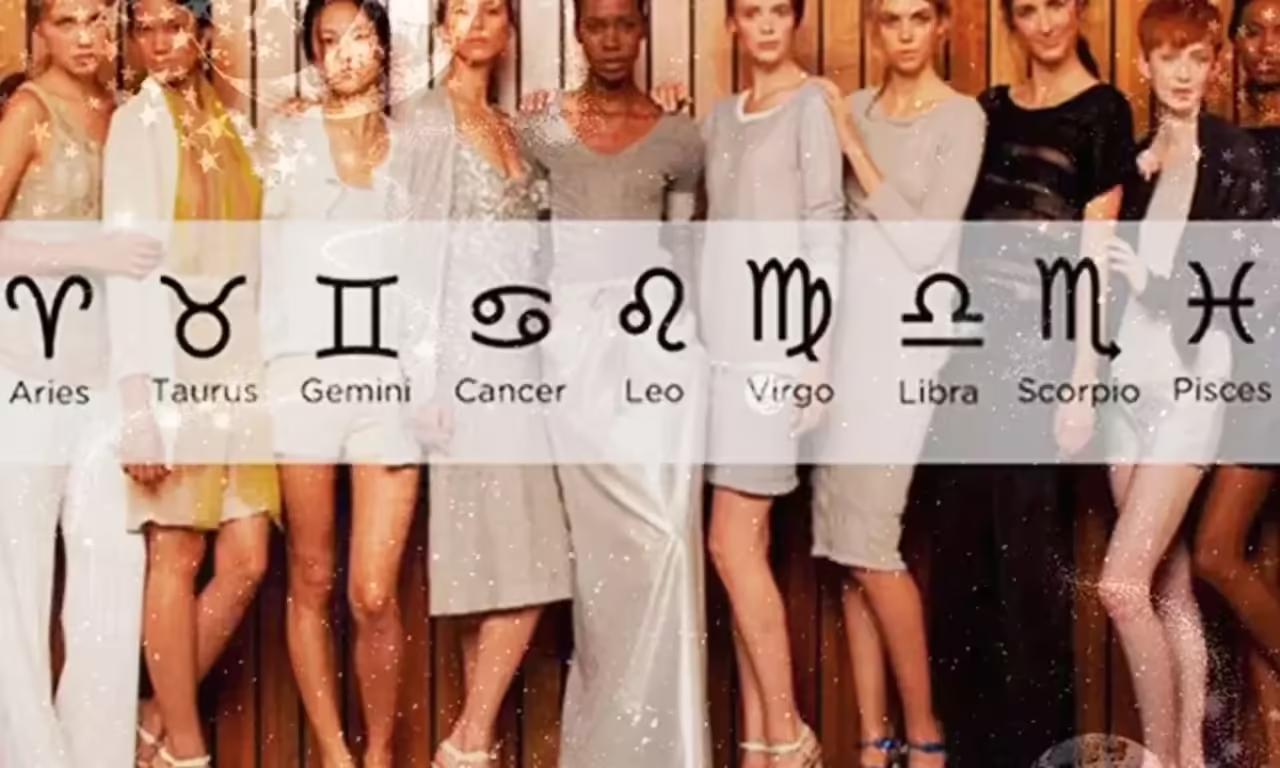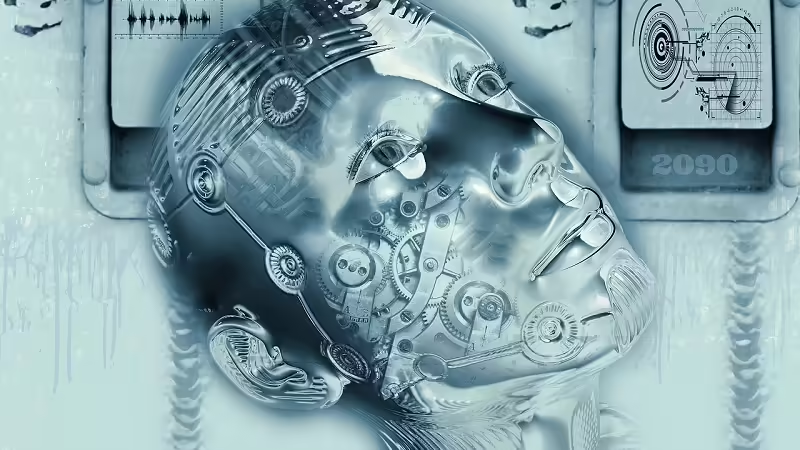
His origins
Erick Weisz, an Austro-Hungarian by origin, will go down as the most impressive magician of the 20th century and perhaps of history. His tricks denoted an appreciation of the supernatural, each of his tricks was imbued with a supreme force that amazed his audience like never before.
His origins are humble: in his youth he traveled to the United States and developed an art with cards; inspired by a local magician in his home country, Dr. Linn, he would be inspired by magic and begin to study only the tricks that most caught the public’s attention. This since he was eight years old, but it would be at the age of nine when he would devise a circus with his friends and he would work as a contortionist and juggler. With the money raised he would travel to the American nation.
There he would follow his interest in magic, perhaps mixed with his interest in sports such as swimming, but the judicious reading of Jean Eugène Robert-Houdin, a magician from another era who wrote down most of his tricks, would inspire him to appear as a magician with another name: Houdini.
His first trick among the American public
Great connoisseur of trapeze, Houdini tried to separate himself from his first theatrical activity to focus on magic. He would start doing tricks with cards, disappearing decks of cards and making fabulous movements with them, surpassing in this activity many magicians of the time.
He could make movements with more than three decks of cards in his hands, a trick that was impossible in the eyes of the public, since this could only be done with an extra hand to support the curious movements. With this he began a paradigmatic cycle through the magic arts, fame reached him everywhere and he accompanied entire circuses to show his tricks, obviously he had to continue alone, since he was capable of enchanting a stage.
Escapism, his mature period
He did not let fame slip through his fingers when he had it, he did not waste it and dedicated himself to new tricks on stage. Inspired by Robert-Houdin, he would begin a period of escapism. This he would do with his wife, his main assistant.
The escapist trick designed by him would be “the metamorphosis”, it consisted of being tied up to the tip of the bones and put in a trunk, where the assistant was seated, no more in a blink of an eye was released. This would have variants, becoming over time a dangerous activity and also a challenge for the assistants who bet on the impossibility of getting free.
He became known by the press of the time mainly for this, but when he became famous his variants would become more significant and combined with “the Chinese torture chamber”: they tied different types of ropes in knots impossible to undo, and then put him in a pool full of water and in less than 5 minutes he had the public astonished because he freed himself from it. Many of his contemporaries deduced from him, an approach to ultraterrestrial forces, although some more secular critics differed that it was because of his flexible complexion, the truth was only known long after his death and goes hand in hand with a careful knowledge of the locks that kept him tied.
Advertising from its golden age
It is interesting to see the posters of his first acts, especially those that reflect him as an executed man, where many dressed as policemen tied him up as if he were a dangerous thug. The public received these gigantic posters with admiration. They were stalls in the main streets of the cities and the ticket office ran out very quickly.
He even benefited the business of safes and locks, as companies put posters next to their merchandise saying “not even Houdini can get out of them.”
The dangerous stage
Escapism has already become something personal for our character, he tried to design more complex forms of this art, even compromising his life. What followed was aquatic escapism. He would launch himself from the top of bridges into rivers, tied as always and with even more complex knots and before the possibility of death he left the spectators silent until he appeared swimming with nothing.
Houdini said that this stage was the most dangerous, because there was the possibility of falling on a plank and killing himself, but that made more spectators recognize him as the best magician in the world.
The final stage and his imperious death
After a life of crammed fame, where he had destroyed more than one magician and developed a whole show in Hollywood for the movies made in his honor, the 52-year-old magician decided to do his last tour. This no longer consisted of launches into the sea, he kept the tricks of the Chinese Torture Box and with them he finished his career. Although this time his tricks were not excellent due to accidents of the profession, he never left aside his magic acts.
Unfortunately he was beaten by some students and they burst his appendix, causing peritonitis that took him to the grave, because they believed he was made of steel.
Some say that his wife Bess Houdini, a spiritualist by profession, tried to benefit from his dark arts to bring him back from the dead. It is not known if she succeeded but she almost never left her house again. In any case, Houdini is the reference to the best magic of the 20th century.







